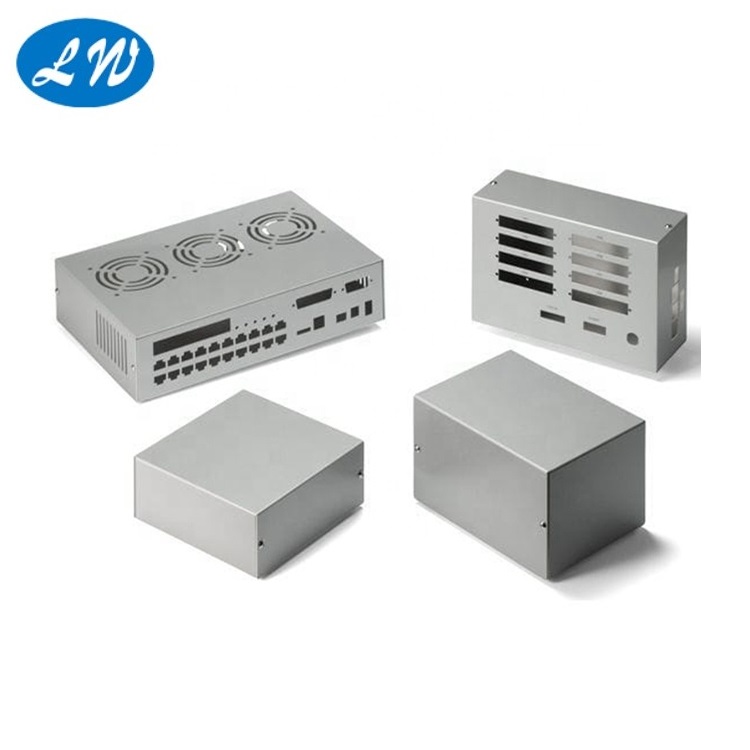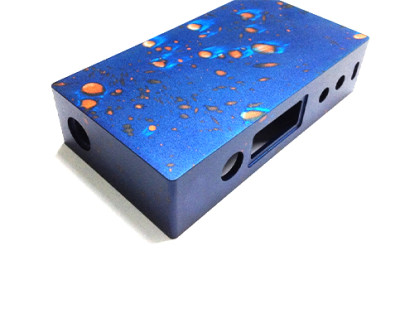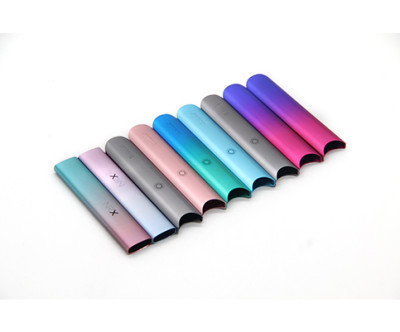Exploring Common Sheet Metal Processing Techniques and Their Applications in Small Chassis Customization
Sheet metal processing techniques play a crucial role in the manufacturing industry, particularly in the customization of small chassis for various applications. This article delves into the common sheet metal processing methods such as shearing, bending, punching, and their significance in the realm of small chassis customization.
1.Shearing
Shearing is a cutting process that involves the removal of material from a metal sheet using shear stress. In small chassis customization, shearing is employed to cut the metal sheets into desired shapes and sizes, forming the basic structure of the chassis. This process ensures precision and accuracy in creating components with smooth edges, essential for fitting and assembly.
2.Bending
Bending is a technique used to deform metal sheets along a straight axis, typically achieved using press brakes or other bending machines. In small chassis manufacturing, bending is utilized to shape the sheet metal components into specific angles and curves required for the chassis framework. This method facilitates the creation of intricate designs and structural reinforcements, enhancing the overall strength and functionality of the chassis.
3.Punching
Punching involves the creation of holes or perforations in metal sheets using a punch and die set. In small chassis customization, punching serves various purposes such as creating mounting points for components, facilitating ventilation and cable routing, and achieving aesthetic designs through decorative perforations. This technique offers flexibility in design and allows for the integration of additional features without compromising structural integrity.
4.Laser Cutting
Laser cutting is a precise and efficient method that utilizes a focused laser beam to cut through metal sheets with high accuracy. In small chassis manufacturing, laser cutting is employed for intricate and complex cutting tasks, such as creating intricate patterns, engraving logos, and cutting holes with minimal material wastage. This technology enables rapid prototyping and customization, making it ideal for small-scale production and one-off designs.
Advantages of Sheet Metal Processing Techniques in Small Chassis Customization:
1.Precision and Accuracy
Sheet metal processing techniques ensure precise cutting, bending, and punching of metal sheets, resulting in components that meet tight tolerances and specifications.
2.Customization
These techniques allow for the customization of small chassis according to specific design requirements, accommodating various sizes, shapes, and features.
3.Strength and Durability
Properly processed sheet metal components offer high strength-to-weight ratios, contributing to the overall durability and longevity of the chassis.
4.Cost-Effectiveness
Sheet metal processing techniques are cost-effective for small-scale production runs, offering competitive pricing compared to alternative manufacturing methods.
5.Rapid Prototyping
The versatility of sheet metal processing enables rapid prototyping and iterative design improvements, facilitating faster product development cycles.
6.Aesthetic Appeal
These techniques enable the creation of aesthetically pleasing designs, enhancing the visual appeal of small chassis for consumer electronics, automotive, and industrial applications.
Sheet metal processing techniques such as shearing, bending, punching, and laser cutting play a vital role in small chassis customization, offering precision, flexibility, and efficiency in manufacturing. By leveraging these methods, manufacturers can create bespoke chassis designs that meet the diverse needs of their customers across various industries, ensuring high-quality products that excel in performance, durability, and aesthetics.



